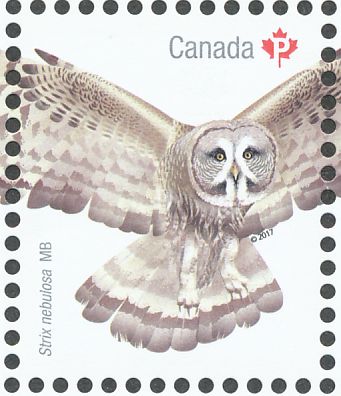Part 8 – Saskatchewan
Provincial Birds: Sharp-tailed Grouse (Tympanachus phasianellus)
According to the Canadian Government website,
Saskatchewan adopted the Sharp-tailed Grouse as its Provincial bird in 1945. I have not been able to go back that far, but I did find in the Saskatchewan Legislation database the consolidated “Provincial Emblems and Honours Act 1988-89” which was last updated in 2019. Part II, Article 7 of that Act states:
“Bird Emblem: The bird known ornithologically as Tympanachus phasianellus and called the “sharp-tailed grouse” is the bird emblem of Saskatchewan. 1995, c.29, s.4.”
The Canadian Government website suggests that the Sharp-tailed Grouse is known colloquially as a “Prairie Chicken”.

eBird Canada says about this bird:“Pale grayish-brown chickenlike bird, found in open spaces with mix of grasses and shrubs. Often on the ground or perched high in trees. Look for whitish tail with pointed tip, slight crest, wings spotted with white, and sparsely marked pale belly. In early spring, males gather at display site and dance to attract females: look for tail cocked up, wings held out, and purple patch of exposed skin on neck. Sexes alike. Most similar to prairie-chickens but note paler belly and pointed tail.“
The distribution map on eBird for the Sharp-tailed Grouse indicates that it is a native resident of North East and Central Canada (but not the Eastern seaboard provinces) and the Northern, Central States of the USA. It is also present in parts of Alaska.
The Sharp-tailed Grouse is a bird that is hunted by man. The online magazine “Project Upland” describes aspects of this bird:
“The is one seriously charismatic bird. If you’ve ever seen videos of sharp-tails doing their tell-tale dancing competitions, you were likely hooked immediately. They are fascinating birds to watch and to hunt. Furthermore, the open habitats they live in are equally beautiful and captivating in their own way.”



